I was born in Milwaukee, Wisconsin; and I lived in Shorewood in the home shown below until I was 12-years old. At some point during those years, I saw the movie, The Young Thomas Edison. I was fascinated by what he could do with simple things like rope and pulleys. My brother and I had a bedroom my dad built upstairs, behind those two top windows on the left of the home. Inspired by the Edison movie, I ran wires from a push button I placed in the dining room downstairs (lower windows on the left) to a bell in our bedroom upstairs so my mother could ring us for dinner or tell us it was time to get up for school. She could also talk to us through the intercom I connected between floors.
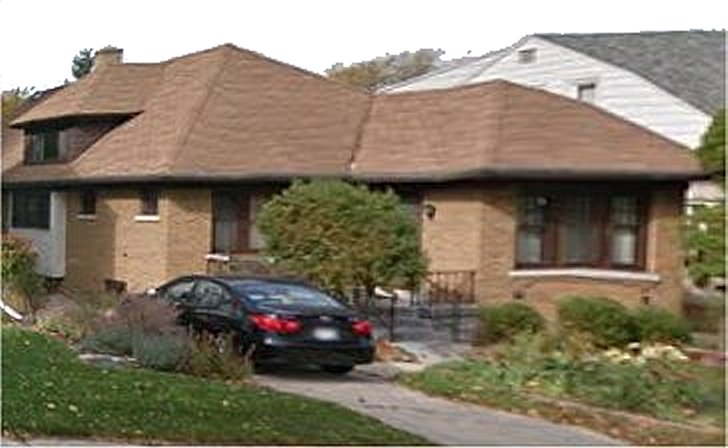

I spent much of my free time along the shores of the Milwaukee River pictured below. Rivers, lakes and creeks still call to me as do the woods that frequently accompany them. Although I was only 9 or 10, my mother somehow never restricted my younger brother Bernie and me from going to the river or to Lake Michigan, for that matter.  It seems she was worried once when the river was roaring and at flood stage. My brother and I loved to watch the raging water flowing over the rocks in the river. We were standing right next to the wild river's edge when we heard someone calling, "Hey boys." We turned around and saw two policemen looking down at us from the top of the hill. "You the Beiswenger boys?" they asked. "Yeah," we answered. "You okay?" they asked. "Yup," we said, and the two policemen turned around and left. My mother never admitted to sending them, and we didn't ask. Those experiences, being on our own, built our confidence.
It seems she was worried once when the river was roaring and at flood stage. My brother and I loved to watch the raging water flowing over the rocks in the river. We were standing right next to the wild river's edge when we heard someone calling, "Hey boys." We turned around and saw two policemen looking down at us from the top of the hill. "You the Beiswenger boys?" they asked. "Yeah," we answered. "You okay?" they asked. "Yup," we said, and the two policemen turned around and left. My mother never admitted to sending them, and we didn't ask. Those experiences, being on our own, built our confidence.

Taking the wheels from our old broken wagon, and with some 2x4s I found behind the garage; I built a new wagon, 7 feet long. It was steered with levers. For Halloween, I added a small house and a hay stack, dressed my friends in white sheets; and we pushed the affair almost a mile to Shorewood High School to enter a Halloween costume contest. We won first prize.
We moved to Granville, Wisconsin (later annexed by Milwaukee) when I was 12.  My dad took me to the largest hotel in Milwaukee where he worked as the Chief Electrician. There I saw the elevator room with its banks of clicking relays. I begged my dad for a relay, and after 3 months he brought one home and handed it to me with no explanation. I blew a few fuses until I understood how it worked. Then I discovered how one could cause a relay to latch - stay on - with the push of a momentary-switch pushbutton. It "remembered" that I had pushed the button! That simple discovery started me along on my career.
My dad took me to the largest hotel in Milwaukee where he worked as the Chief Electrician. There I saw the elevator room with its banks of clicking relays. I begged my dad for a relay, and after 3 months he brought one home and handed it to me with no explanation. I blew a few fuses until I understood how it worked. Then I discovered how one could cause a relay to latch - stay on - with the push of a momentary-switch pushbutton. It "remembered" that I had pushed the button! That simple discovery started me along on my career.
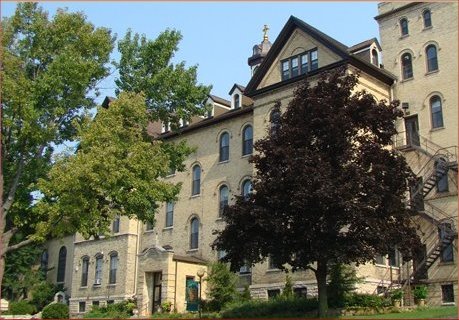 At 15 I left home to attend St. Lawrence College in Mt. Calvary, Wisconsin (now called St. Lawrence Seminary High School) where I studied physics, Latin, German plus other high school subjects, and wrote short stories for the school's publication. In the 4th floor Physics Department I constructed a phono oscillator circuit, connected a long antenna to it (which I tossed out of the window), connected a microphone and phonograph player to the circuit and broadcast like a disk jockey throughout the building, including the canteen. In Homeroom, instead of studying, I constructed a telescope at my desk, while hiding behind my books, to look out over the land that called to me. The outdoors still calls to me.
At 15 I left home to attend St. Lawrence College in Mt. Calvary, Wisconsin (now called St. Lawrence Seminary High School) where I studied physics, Latin, German plus other high school subjects, and wrote short stories for the school's publication. In the 4th floor Physics Department I constructed a phono oscillator circuit, connected a long antenna to it (which I tossed out of the window), connected a microphone and phonograph player to the circuit and broadcast like a disk jockey throughout the building, including the canteen. In Homeroom, instead of studying, I constructed a telescope at my desk, while hiding behind my books, to look out over the land that called to me. The outdoors still calls to me.

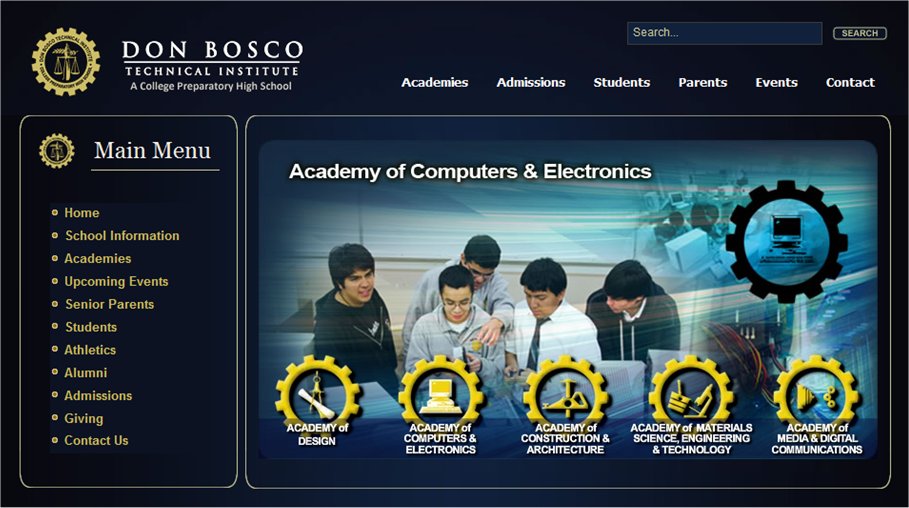 After three years I left to continue schooling at Don Bosco Technical High School in Patterson, New Jersey. While attending the Electronics Class, I worked with a student teacher to build a 30-foot tower, piece by piece, on top of the three-story building, adding an amateur radio antenna to the mast on the top. A dangerous venture (no safety belts), but fun. I graduated from the High School and left for home in Milwaukee. I remember having a strong desire at that time to develop electrical or electronic products for the average consumer as a career choice.
After three years I left to continue schooling at Don Bosco Technical High School in Patterson, New Jersey. While attending the Electronics Class, I worked with a student teacher to build a 30-foot tower, piece by piece, on top of the three-story building, adding an amateur radio antenna to the mast on the top. A dangerous venture (no safety belts), but fun. I graduated from the High School and left for home in Milwaukee. I remember having a strong desire at that time to develop electrical or electronic products for the average consumer as a career choice.
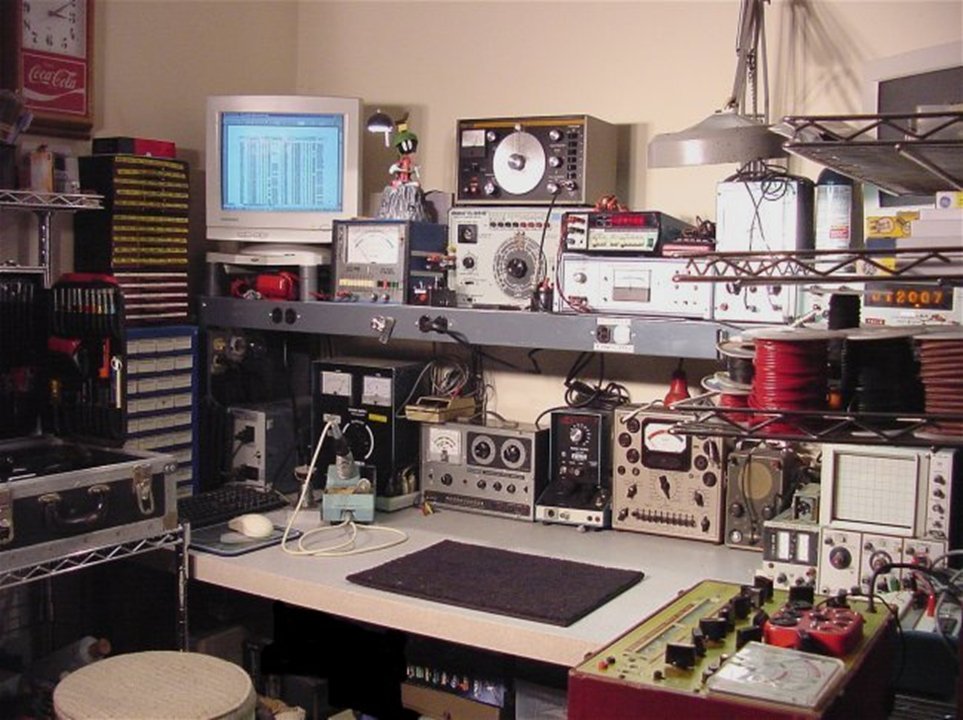 When I came home, I was immediately hired by a television repair store.
When I came home, I was immediately hired by a television repair store.  I learned to repair radios and TVs and service electronic organs, which I focused on for two years. I also attended Marquette School of Engineering, but that was interrupted when I joined the Air Force Reserve and spent the next 6 months at Texas and Colorado airbases. I sketched an electronic combination lock for security gates while I was there.
I learned to repair radios and TVs and service electronic organs, which I focused on for two years. I also attended Marquette School of Engineering, but that was interrupted when I joined the Air Force Reserve and spent the next 6 months at Texas and Colorado airbases. I sketched an electronic combination lock for security gates while I was there.
When I returned from training, I serviced electronic organs for another year; and at 23, I started the Electromatic Corporation with my fiancé and two electrical engineers. We acquired the electronic organ service and also began to develop electronic products such as the electronic combination ignition switch, electronic home lock and trailer light system shown below. I sold the company to an automotive accessory manufacturer in West Allis, Wisconsin and went to work for them as an electronics design engineer, starting my product research engineering career. (Place mouse over images for descriptions.)


The company lacked a viable marketing plan for electronic automotive accessories; and I left to join Norland Associates, a professional engineering, product development consulting firm in Fort Atkinson, Wisconsin. At Norland, I worked as an Account Manager for two years developing new product concepts for my client, Burgess Vibrocrafters, including some electric housewares, a market which interested me. During that time I enrolled at the University of Wisconsin - Whitewater, majoring in Physics.


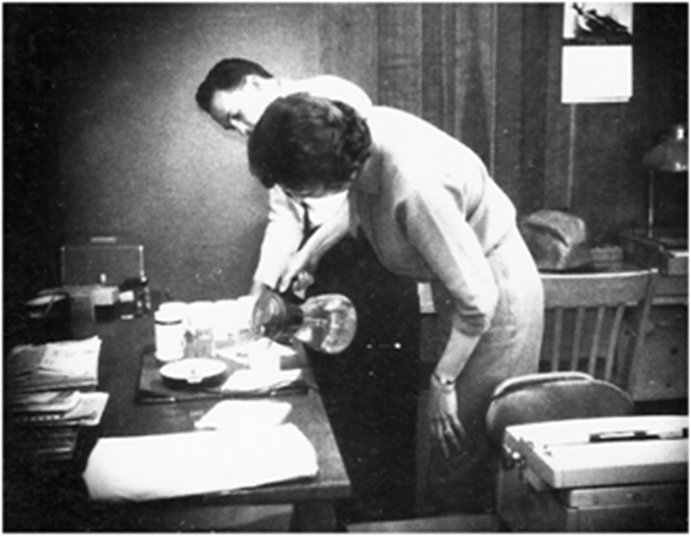

 When I learned from my client that the Burgess Board of Directors had decided not to enter the electric housewares market, I left Norland and joined National Presto Industries in Eau Claire, Wisconsin as a Project Engineer. While I was there I wrote articles for Popular Electronics and Design News. I worked on several new electric housewares products over the next two years, but the pace was too slow.
When I learned from my client that the Burgess Board of Directors had decided not to enter the electric housewares market, I left Norland and joined National Presto Industries in Eau Claire, Wisconsin as a Project Engineer. While I was there I wrote articles for Popular Electronics and Design News. I worked on several new electric housewares products over the next two years, but the pace was too slow.
 An electronics distributor offered me a franchised distributor/dealer store in Rochester, Minnesota, called Team Electronics. I took the store from an empty building to a successful operation in a year and a half (that was our trade-show booth on the right), but my desire to develop new products caused me to contact Presto and ask for my job back. I got it with a raise and the title of Senior Project Engineer, responsible for three product lines (10 current projects). The pace was no longer too slow, and I was enjoying my work.
An electronics distributor offered me a franchised distributor/dealer store in Rochester, Minnesota, called Team Electronics. I took the store from an empty building to a successful operation in a year and a half (that was our trade-show booth on the right), but my desire to develop new products caused me to contact Presto and ask for my job back. I got it with a raise and the title of Senior Project Engineer, responsible for three product lines (10 current projects). The pace was no longer too slow, and I was enjoying my work.
Guardian Service, a division of National Presto, in Los Angeles, California, was looking for a new product line to sell through their direct sales organization.  I received the assignment to develop an entire line of home security devices for the Division. Some of the products were to be manufactured in Hong Kong and Tokyo, and I monitored the pilot production there. When the product line was in production, Guardian Service asked me to join them as Product Manager. I sold my home in Eau Claire and moved to Pacific Palisades, California. After three years, I was appointed General Manager of the division. Again, I wished to be doing product research instead.
I received the assignment to develop an entire line of home security devices for the Division. Some of the products were to be manufactured in Hong Kong and Tokyo, and I monitored the pilot production there. When the product line was in production, Guardian Service asked me to join them as Product Manager. I sold my home in Eau Claire and moved to Pacific Palisades, California. After three years, I was appointed General Manager of the division. Again, I wished to be doing product research instead.
Norland Associates contacted me and asked me to return to the consulting firm as Account Manager and Director of Marketing. I accepted, moved to Fort Atkinson and developed a variety of new products for clients.
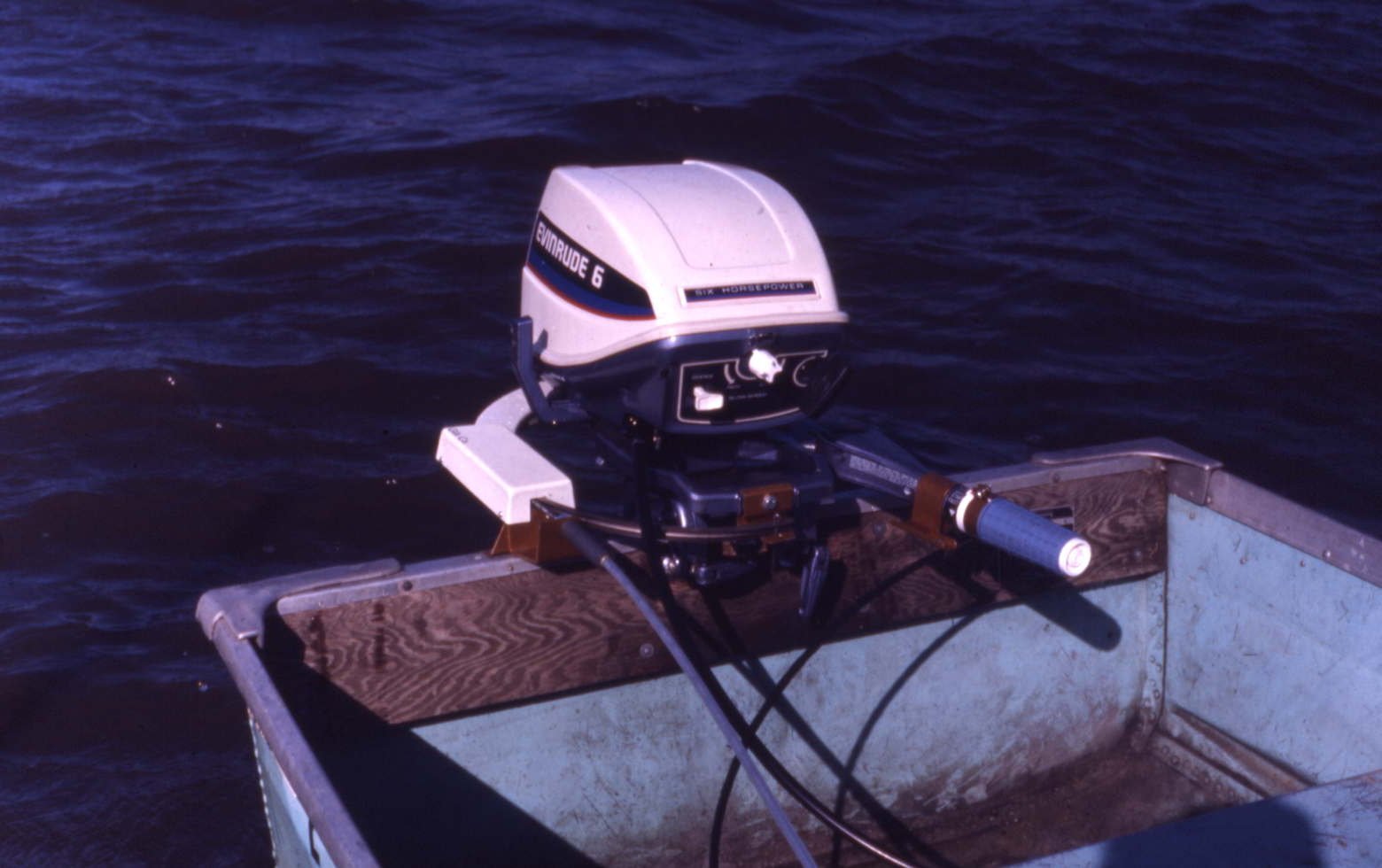

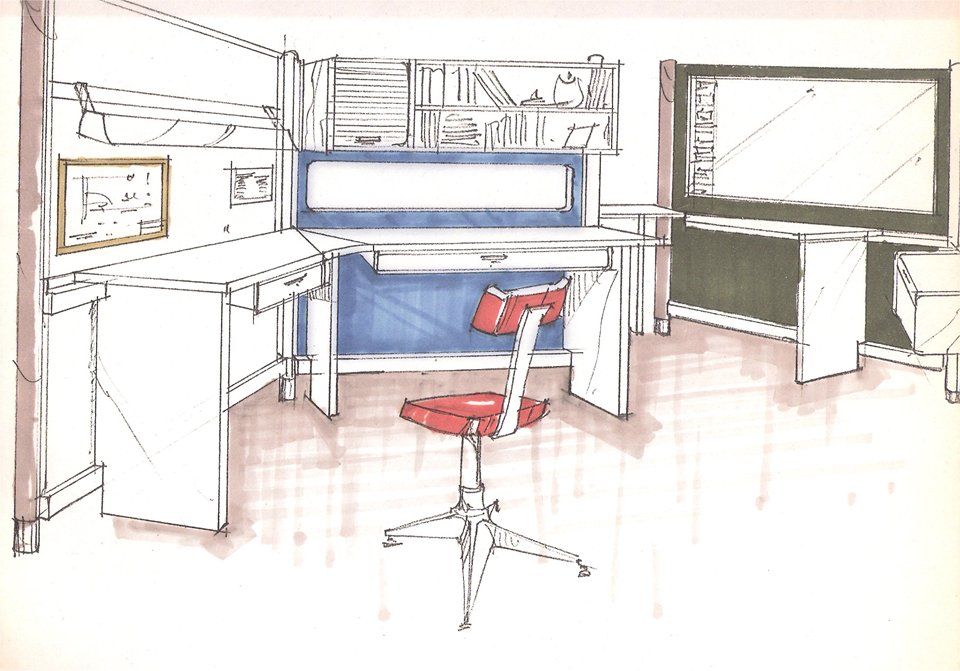
But two years after I rejoined Norland, Norland’s parent company, Norland Instruments, was sold to the Cordis Corporation, and Norland Associates moved to Janesville, Wisconsin. Burgess was again my client, and they asked me to join their company as Director of New Product Development (Engineering).

 I worked for Burgess for six years and was promoted over that time to Vice President of Engineering, Vice President of Operations and finally as Executive Vice President. Again, I was responsible for many new products being placed into production.
I worked for Burgess for six years and was promoted over that time to Vice President of Engineering, Vice President of Operations and finally as Executive Vice President. Again, I was responsible for many new products being placed into production.
I made an offer to buy the company; and when my offer was turned down, I was asked to leave. My wife, Kim and I immediately started Intresearch, Inc., a product research and engineering consulting firm. The variety of projects was exciting.



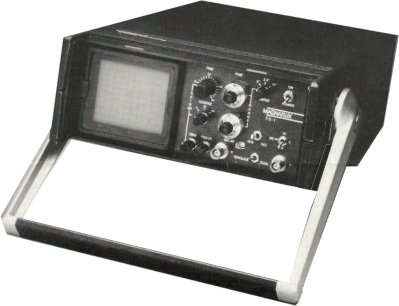
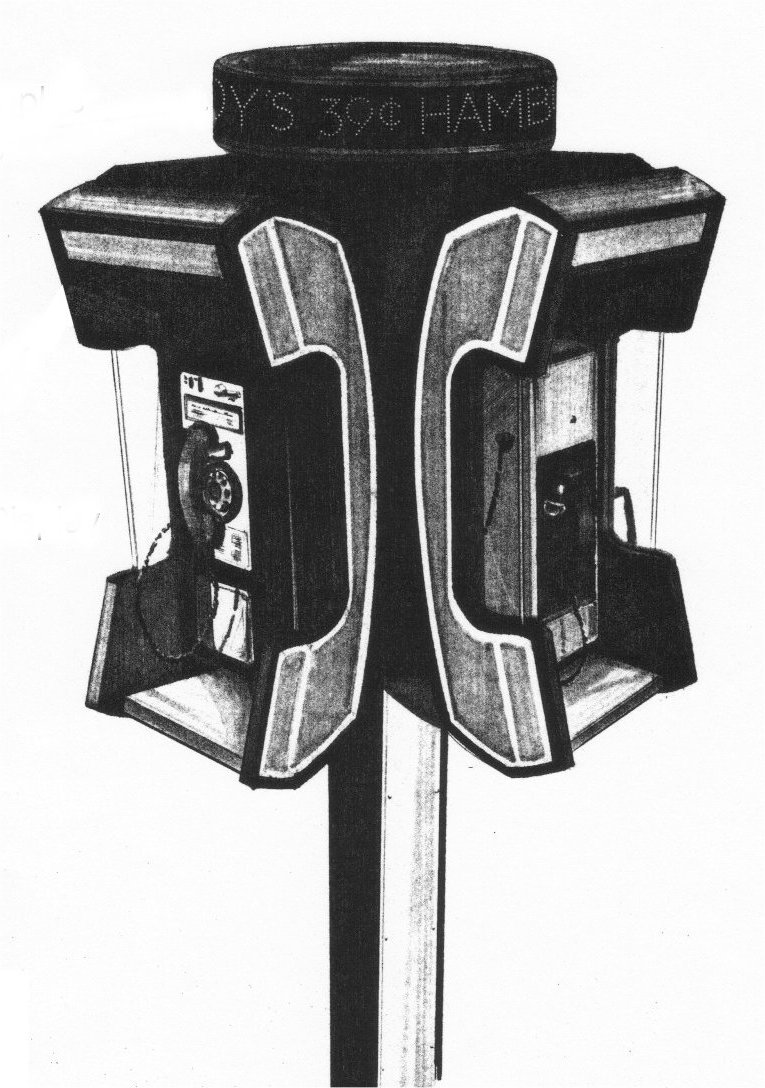
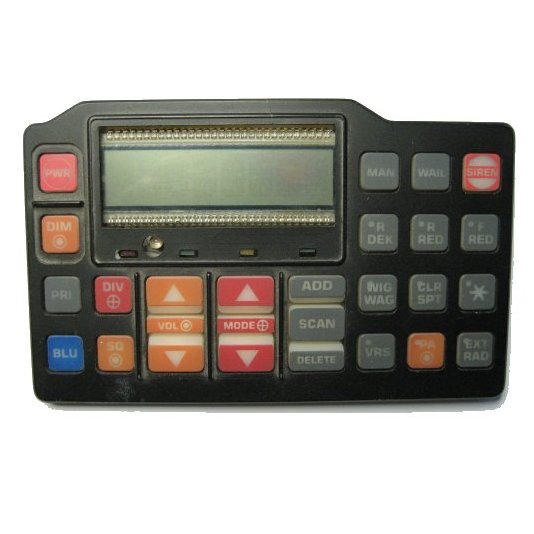

While on vacation, we were staying in our motorhome along a Lake Michigan beach in Wisconsin. I had just confirmed a rather exciting discovery of mine regarding the luteal phase of women who typically lose their pregnancies at the start of menses. I phoned in my findings to a research physician at the Medical College of Wisconsin and found that I had correctly identified their control subject as having the discovered characteristic, picking her basal temperature graph out of those of the 25 participants in the study. When you complete a piece of work it has the effect of clearing your mind, freeing it for a new subject of investigation.
 We left the motorhome one early morning and walked along the beach. Kim said, “I wish we had brought lawn chairs so we could relax and just listen to the waves as they hit the shore.” “I’ll dig you a lawn chair,” I said and proceeded to carve out a cool “chair” in the sand. As I labored, two questions circulated in my mind. Question 1. How can the single human cell, at conception (the zygote), possibly contain all of the information necessary to develop into a unique, living, thinking, talented human being? (Like my youngest daughter on the right. She’s an equestrian artist.) Question 2. How can we recall a memory of an event or place, in detail, stored in our “mind” fifty years ago, or more, and do it in an instant? I went on to study the human cell and memory for the next 30 years.
We left the motorhome one early morning and walked along the beach. Kim said, “I wish we had brought lawn chairs so we could relax and just listen to the waves as they hit the shore.” “I’ll dig you a lawn chair,” I said and proceeded to carve out a cool “chair” in the sand. As I labored, two questions circulated in my mind. Question 1. How can the single human cell, at conception (the zygote), possibly contain all of the information necessary to develop into a unique, living, thinking, talented human being? (Like my youngest daughter on the right. She’s an equestrian artist.) Question 2. How can we recall a memory of an event or place, in detail, stored in our “mind” fifty years ago, or more, and do it in an instant? I went on to study the human cell and memory for the next 30 years.
Intresearch operated successfully for 6 years. A large client failed to pay overrun charges they caused, and I stopped their project. They sued, I countersued and won, but the disruption and legal fees cost the life of the business. I moved with my wife to her home state of Pennsylvania and started Beiswenger and Associates, Inc., developing many more new products for clients. I have, quite literally, become an expert at doing things I've never done before - and that's not an oxymoron. I now have my name on 21 U.S. patents and 9 foreign ones. I have also learned a way to teach anyone to be creative.


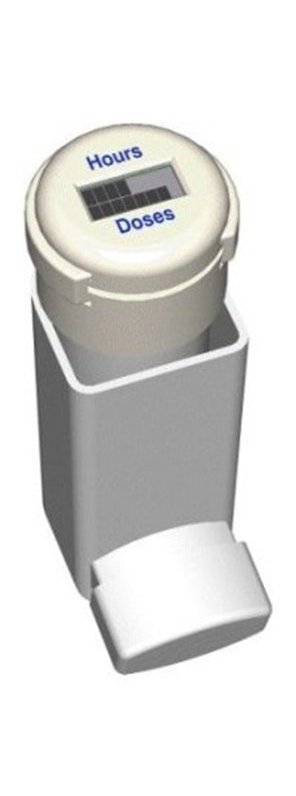
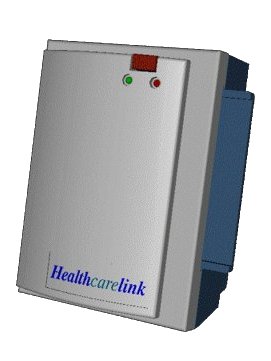



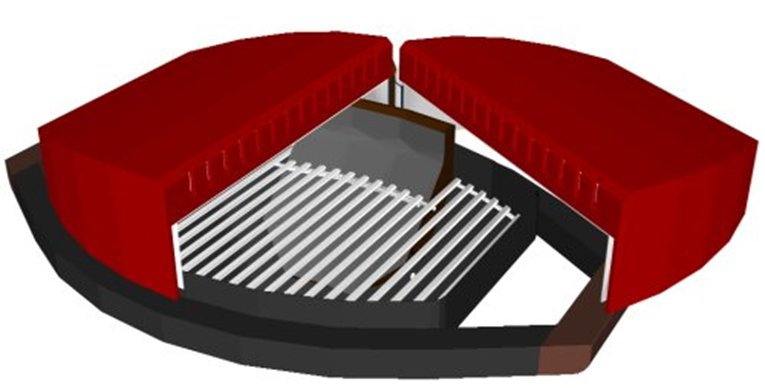
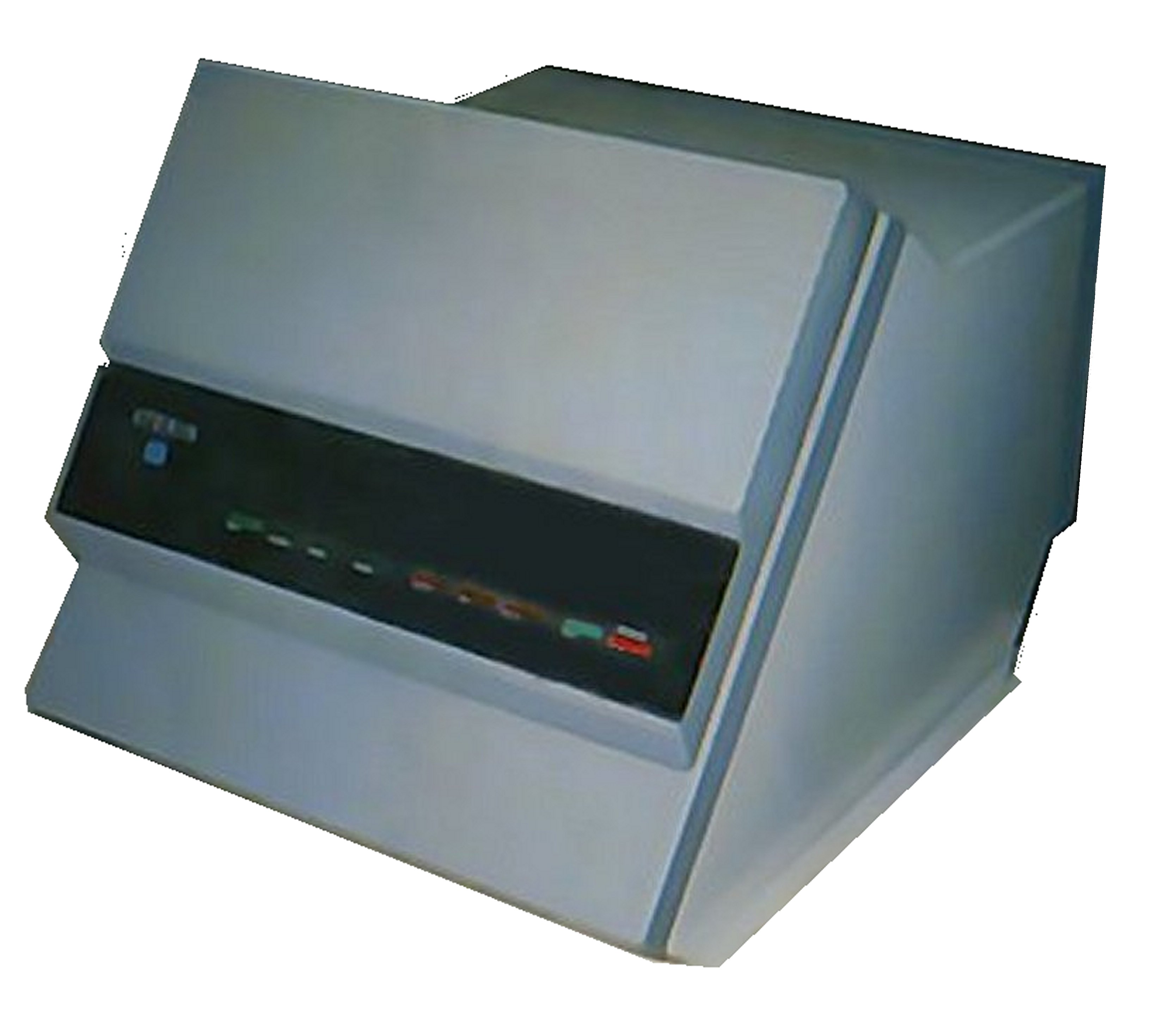
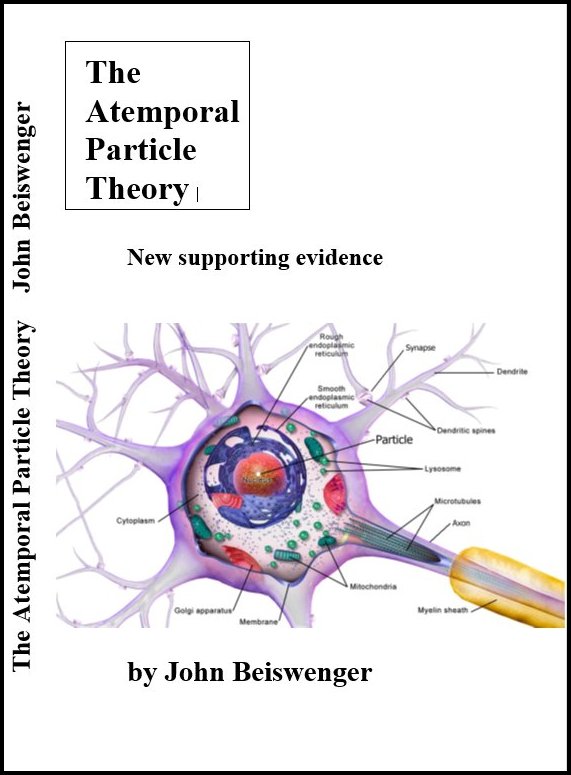 And, I came up with some answers to the two questions that puzzled me for all those years. I published two papers on ResearchGate for the scientific community to consider (Explaining Savant Abilities and The Atemporal Particle Theory), and I also decided to present my research to the world through my novels LINK, Bridge and Sequential. Sequential is a logical compilation of the two novels with final chapters added. Sequential tells the whole story.
And, I came up with some answers to the two questions that puzzled me for all those years. I published two papers on ResearchGate for the scientific community to consider (Explaining Savant Abilities and The Atemporal Particle Theory), and I also decided to present my research to the world through my novels LINK, Bridge and Sequential. Sequential is a logical compilation of the two novels with final chapters added. Sequential tells the whole story.
I now have a website dedicated to the discussion of the Atemporal Particle Theory, called New Science.
In 2014 I co-founded a small school in Jaipur, India called the Children of Hope School.  The founder is an MBA who left a successful career to start the school. I write the website code for the school's Special Events page (Children of Hope School).
The founder is an MBA who left a successful career to start the school. I write the website code for the school's Special Events page (Children of Hope School).
In 2021 I co-founded an orphanage in Uganda called the Tree of Love Orphanage (TOLO).  I also write the website code for TOLO. That's our first building, a dormitory, on the right. We are planning a school building next.
I also write the website code for TOLO. That's our first building, a dormitory, on the right. We are planning a school building next.
In 2019 I co-founded Biosymtec Medical, Inc., and was appointed Chief Technology Officer. Biosymtec Medical is a medical device manufacturer. The medical device we are developing, called the Kalabre, detects viral and bacterial infections days before symptoms.
I am also a Partner in Product Research Associates, LLC (doing what the name suggests).
I am the founding Director of City of God Villages (cityofgodvillages.com), which has given me the opportunity to do a little conceptual architecture.  The concept village on the left was for Christians who lost their homes in Northern Kurdistan. There is little hope of developing that for them now. I also published a novel about the Village entitled, of course, City of God Village.
The concept village on the left was for Christians who lost their homes in Northern Kurdistan. There is little hope of developing that for them now. I also published a novel about the Village entitled, of course, City of God Village.
Feel free to contact me (CONTACT) John Beiswenger




















